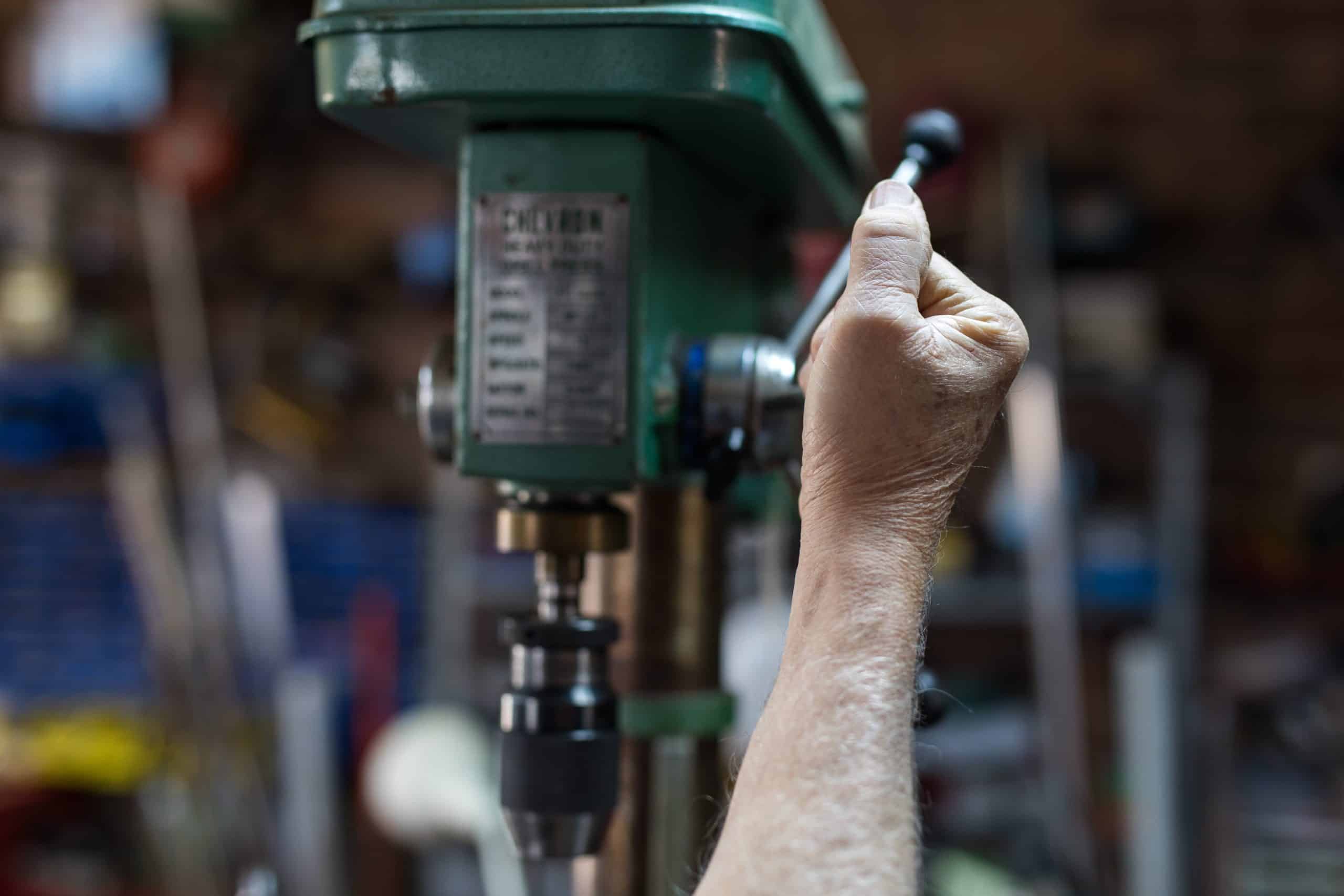Can 3D Bioprinting Revolutionize Organ Transplants in the UK’s NHS?

The concept of 3D bioprinting has been making waves in the medical world. The technology, still in its infancy, has the potential to revolutionize the way we approach organ transplants. This innovative procedure, which involves creating living tissue using 3D printing techniques, could be a game-changer in the healthcare industry. Is there a possibility that this technology will become commonplace in the UK’s National Health Service (NHS)? Let’s delve deeper into the intricate world of bioprinting and explore its potential impact on the UK’s health service.
The Emergence of 3D Bioprinting
The idea of creating a bioprinted organ might sound like something out of a futuristic movie. Yet, it is rapidly becoming a reality due to advancements in 3D printing technology. This method involves using cells as the ‘ink’ to print organs layer by layer. It’s a breakthrough that has been welcomed by many scholars, particularly those specializing in regenerative medicine.
En parallèle : How to Plan an Eco-Friendly Wedding in the UK with Sustainable Practices?
The first step in this process involves taking cells from a patient and allowing them to multiply in a petri dish. These cells are then combined with a gel-like substance to create a bioink. This bioink is loaded into the 3D printer and used to print the organ, layer by layer, following a digital model.
Universities worldwide, including prestigious institutions in the UK, are dedicating significant resources to this research. They foresee the numerous advantages this technology could bring to both the health sector and patients in need of organ transplants.
Sujet a lire : What Are the Challenges Facing the UK’s Public Health System Post-Pandemic?
The Potential of Bioprinted Organs in Surgery
Imagine a world where organ shortage is no longer a pressing issue, where patients no longer have to wait for a suitable donor. This could be the future of organ transplants with the help of 3D bioprinting. In fact, according to various studies referenced on PubMed and crossref, this technology has the potential to revolutionize organ transplantation.
At present, organ transplants come with a host of challenges. Firstly, there’s the issue of compatibility. Every organ has unique characteristics, making it difficult to find a matching donor. With bioprinting, this concern could be virtually eliminated. The organ would be printed using the patient’s own cells, meaning that there would be no risk of rejection.
Additionally, bioprinting could drastically reduce the wait times for organ transplants. Currently, patients can wait months, if not years, for a suitable organ. With bioprinting, the organ could be printed as soon as the cells have multiplied enough to create the required bioink.
The Role of 3D Bioprinting in Clinical Models
3D bioprinting technology is not only beneficial for patients awaiting organ transplants. It can also be applied to create accurate clinical models for surgical planning and medical education. These printed models can provide a realistic representation of the organ, allowing surgeons to practice before performing the actual surgery.
Furthermore, these models can be used for drug testing. Instead of testing a new drug on animals or humans, scientists can test it on bioprinted tissues. This method provides a more accurate and ethical way to evaluate a drug’s effectiveness and potential side effects.
Hospital practices could also see improvement with the use of these models. They could assist in patient education, helping them understand their condition, the surgery they will undergo, and their recovery process. This visual aid can significantly improve a patient’s knowledge and comfort about the procedure.
The Challenges of Implementing Bioprinting in the NHS
While the future of bioprinting in the NHS seems promising, there are a few obstacles to its widespread adoption. One significant challenge is the cost of the technology. Currently, the equipment used in 3D bioprinting is expensive and requires highly skilled personnel to operate it. This could pose a substantial financial burden on the NHS, which is already stretched thin due to budget constraints.
Another challenge is the need for rigorous clinical trials to ensure the safety and effectiveness of the bioprinted organs. These trials can take years to complete and require a vast amount of resources, both in terms of finances and personnel.
Moreover, the ethical and regulatory aspects of bioprinting are another area of concern. As with any new technology, especially one that has the potential to alter fundamental aspects of healthcare, there are questions about its ethical implications. It’s crucial to have comprehensive guidelines in place before the widespread adoption of this technology.
The Future of Bioprinting in the NHS
Despite these challenges, the potential of 3D bioprinting to revolutionize organ transplants in the NHS is undeniable. Several experts and scholars believe that this technology will become a part of mainstream healthcare in the not-too-distant future.
As funding for research increases and the technology improves, the cost of bioprinting is likely to decrease, making it more affordable for institutions like the NHS. Moreover, the successful implementation of this technology in the health sector could lead to a significant reduction in the NHS’s expenditure on organ transplants.
In summary, while there are hurdles to overcome, the future of 3D bioprinting in the NHS looks promising. This innovation has the potential to change the face of organ transplants, making them safer, faster, and more accessible to those in need. The journey to this future may be challenging, but the potential rewards are immense.
3D Bioprinting in Academia: The UK’s Leading Role
The United Kingdom, renowned for its contribution to the world of medicine, has been at the forefront of 3D Bioprinting research. Universities such as the University of Birmingham are creating dedicated teams to focus on its development. This research has been consistently referenced in academic databases such as Google Scholar, PubMed, and Crossref, highlighting the profound impact of the UK’s work in this field.
Many studies have been led by the UK’s eminent scholars like Guy Thomas, whose studies are often quoted in free articles on PubMed and PMC. Their work focuses on various aspects of bioprinting, including tissue engineering, the creation of body parts, and, significantly, organ transplants. Birmingham’s regenerative medicine department is leading studies on stem cell usage in bioprinting, which are essential for developing organ-specific cells.
Hospitals such as Great Ormond Street and various NHS Foundation Trusts are also participating in this research. They are actively exploring how bioprinted organs could be used in surgery, particularly in kidney transplants. These institutions provide the vital clinical context that can help shape this promising technology into a practical tool for the NHS.
Overcoming Challenges: The Path to Implementing Bioprinting in the NHS
The journey towards the full implementation of 3D bioprinting into the NHS is fraught with challenges but the potential benefits make it a worthwhile endeavor. Addressing these obstacles could lead to a future where organ shortages and long waiting lists are things of the past.
The financial implications of bioprinting are considerable. The high cost of the equipment and the need for skilled technicians make this a substantial investment. However, once the technology becomes more affordable, the savings it could provide might be significant. In the long run, bioprinting could lessen the financial burden on the NHS by reducing costs associated with organ transplants.
The need for extensive clinical trials is another hurdle. Ensuring the safety and effectiveness of bioprinted organs is paramount. These trials require time and a considerable investment of resources. However, the evolving landscape of medical research, where resources are becoming more efficiently used, could help expedite the process.
Lastly, addressing the ethical and regulatory aspects of bioprinting is crucial. The development of comprehensive guidelines is necessary to ensure the responsible use of this revolutionary technology. This process should involve all stakeholders, from the scientific community to the public, to ensure all perspectives are considered.
Conclusion: A Bright Future for Bioprinting in the NHS
In conclusion, the future of 3D bioprinting in the NHS is a promising one. Despite the challenges, the potential of this technology to revolutionize organ transplants is becoming increasingly evident. Through continued research by institutions like the University of Birmingham and hospitals like Great Ormond Street, the UK is paving the way for this exciting advancement in healthcare.
As bioprinting continues to develop, it may not be long before this technology becomes a standard tool in the NHS, transforming the way we approach organ transplants. It is a thrilling prospect – a world where organ shortages are a thing of the past, where patients no longer have to endure long waiting lists, and where organ transplants become safer and more efficient.
Despite the road being long and challenging, the potential rewards for patients, healthcare professionals, and the NHS as a whole are immense. The advent of 3D bioprinting might just be the breakthrough needed to revolutionize organ transplants, and the UK’s NHS is poised to be at the forefront of this exciting journey.
